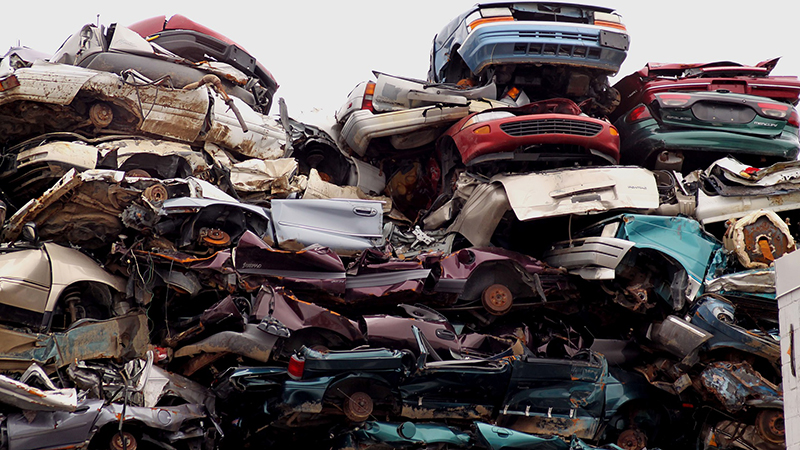This initiative will improve access to resources for the EU’s economy, contribute to the EU’s environmental and climate objectives, while reinforcing the single market and contributing to address the challenges associated with the ongoing transformation of the automotive industry.
The proposed actions are expected to generate €1.8 billion net revenue by 2035, with additional jobs created and enhanced revenue streams for the waste management and recycling industry. Moreover, they will contribute to better road safety in third countries by preventing the export of non-roadworthy vehicles and reducing harmful pollution and health risks in countries importing used vehicles from the EU.
The proposed regulation, replacing the current Directives on end-of-life vehicles and on reusability, recyclability and recoverability, is expected to have substantial environmental benefits, including an annual reduction of 12.3 million tons of CO2 emissions by 2035, better valorisation of 5.4 million tons of materials, and increased recovery of critical raw materials. The implementation of the regulation will lead to long-term energy savings at the manufacturing stage, reduced dependency on imported raw materials, and the promotion of sustainable and circular business models.
It is projected that the automotive sector will become the largest consumer of critical raw materials used in permanent magnets of e-drive motors in Europe. Enhancing the EU’s resilience against supply chain disruptions and reducing its dependency on critical raw materials imports is key to the transition to zero-emission vehicles. To facilitate the sector’s transition, the Commission has revised the existing legislation and proposes a single regulation that focuses on several key elements to improve quality in design, collection, and recycling, while facilitating reporting obligations:
- ‘Design circular’: Enhancing circularity in the design and production of vehicles will help to ensure these can be easily dismantled. Carmakers will need to provide clear, detailed instructions for dismantlers on how to replace and remove parts and components during use and end-of-life stage of a vehicle.
- ‘Use recycled content’: 25% of the plastic used to build a new vehicle will be required to come from recycling, of which 25% must be recycled from end-of-life vehicles.
- ‘Treat Better’: The measures will lead to recovering more and better-quality raw materials, including critical raw materials, plastics, steel, and aluminium. 30% of plastics from end-of-life vehicles should be recycled. Additional measures will support the market for reuse, remanufacturing and refurbishment of parts and components of a vehicle. Member States are encouraged to provide incentives to garages and repair shops to support the sale of spare parts.
- ‘Improve governance’: The new rules will reinforce producer responsibility by establishing national Extended Producer Responsibility schemes under uniform requirements. These schemes will aim to provide proper financing for mandatory waste treatment operations, incentivise recyclers in improving the quality of recycled materials from end-of-life vehicles, thus fostering enhanced cooperation between treatment operators and manufacturers.
- ‘Collect more and smarter’: To put a stop to vehicles disappearing, the proposal foresees better enforcement of the current rules and increases transparency. This means more inspections, digital tracking of end-of-life vehicles across the EU, better separation of old cars from end-of-life cars, more fines for infringements, and a ban on exporting used vehicles that are not roadworthy.
- ‘Cover more vehicles’: The scope of these measures will be gradually expanded to include new categories such as motorcycles, lorries, and buses, ensuring a more comprehensive coverage.
The Commission proposal for a regulation on circularity requirements for vehicle design and on management of end-of-life vehicles will now be considered by the European Parliament and the Council in the ordinary legislative procedure.





